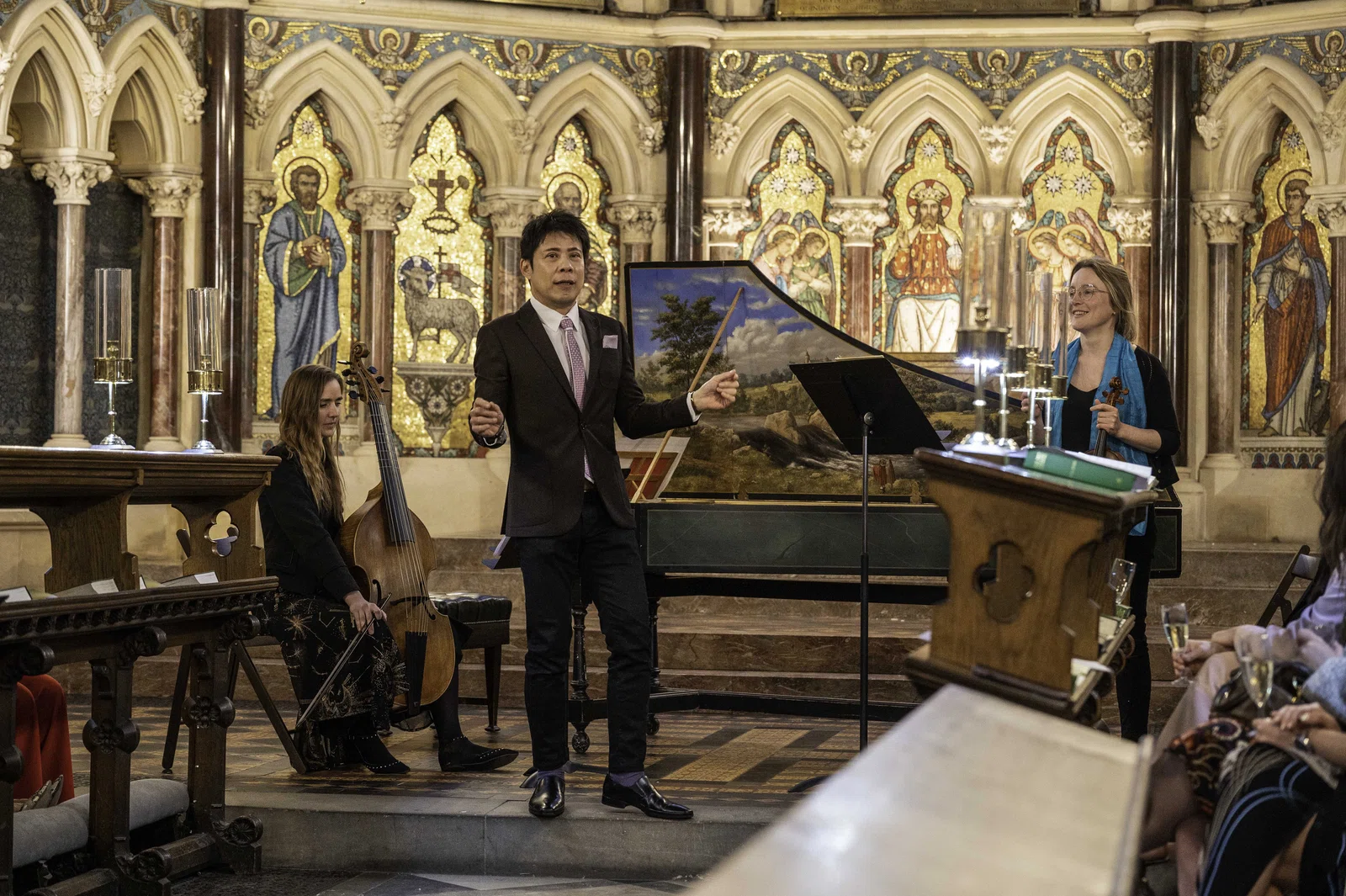
Close
result
Find comfort in discomfort

Tension and harmony in the principal/chief of staff relationship
‘We have all this positional power, and staff see this positional power and have scepticism to do with the fact that we’re leaders, but we’re feeling it and trying to fight it too, to make it better for other people.’
Many of the discussions in previous Oxford programmes focused on defining the role of the chief of staff and on the challenges associated with its somewhat ambiguous position within the structure and hierarchy of the organisation. What sort of leader is a chief of staff and how do they succeed without the formal authority granted by a traditional C-suite title?
Addressing these questions within the context of organisational transformation, however, uncovered a different set of concerns. When the organisation itself is in flux, titles, roles, and structures are likely to be unstable. Leadership then is about effective relationships and the ability to navigate shifting emotional currents and power dynamics. And the most important relationship that the chief of staff has is with their principal.

‘The single most important thing is the willingness of the principal to support and listen.’
‘When you’re looking for a new role, you’ve got to assess that dynamic and the leader’s willingness to be open to your experience, your perspective. Otherwise it’s not going to work.’
What matters here is not so much that there is a good personal relationship (although that always makes a job easier) but that they can work together to understand and resolve the tensions within the organisation as it is changing.
‘You can only be as good as where your principal is prepared to go. Not where your principal is – you are able to change things – but where they are prepared to go.’
Organisational transformation is a time of necessary pain. The new reality collides with the old and existing habits and processes must be unravelled and remade. Leaders tend to be inured to this as they are looking ahead to the realisation of their vision. But they need to appreciate and manage the pain that the rest of the organisation is enduring – and often the only way they can do this is through the chief of staff, who can represent the discomfort felt by the organisation and force the leader out of their ‘ivory tower’.
A certain amount of conflict, therefore, can be healthy – in terms of ideas rather than personalities. Indeed, many participants started to worry that their relationships with their principals could be almost too harmonious.
‘Me and my boss are so tightly aligned that there is maybe a more anaemic relationship with the rest of the organisation that needs to be addressed.’
‘We have a super-clear direction but I don’t think the rest of the organisation gets it.’
‘My boss and I are so aligned, but now I think I’m missing something.’

If the principal and chief of staff remain in this comfortable cocoon of mutual agreement, they will become disconnected from the rest of the organisation and lose control. To avoid this, participants talked about actively seeking new perspectives and directly addressing points of tension or misalignment.
‘When I first became a chief of staff I asked my principal what their top priorities were. I then went to each of their direct reports and asked them – what do you think the CEO’s top priorities are? And each of them gave me a different answer. So I had to go back and have a conversation. Ultimately that conversation is about are we all going to go on this journey together?’
Paradoxically, while the chief of staff is closely associated with their principal, works in partnership with them and fills the gaps in the principal’s leadership skillset – most usually in understanding and communicating with employees – they do this best by stepping outside the relationship. They support their principal in making decisions by providing objective feedback and by acting as ‘devil’s advocate’, keeping them alert to challenges and not letting them become too comfortable.





